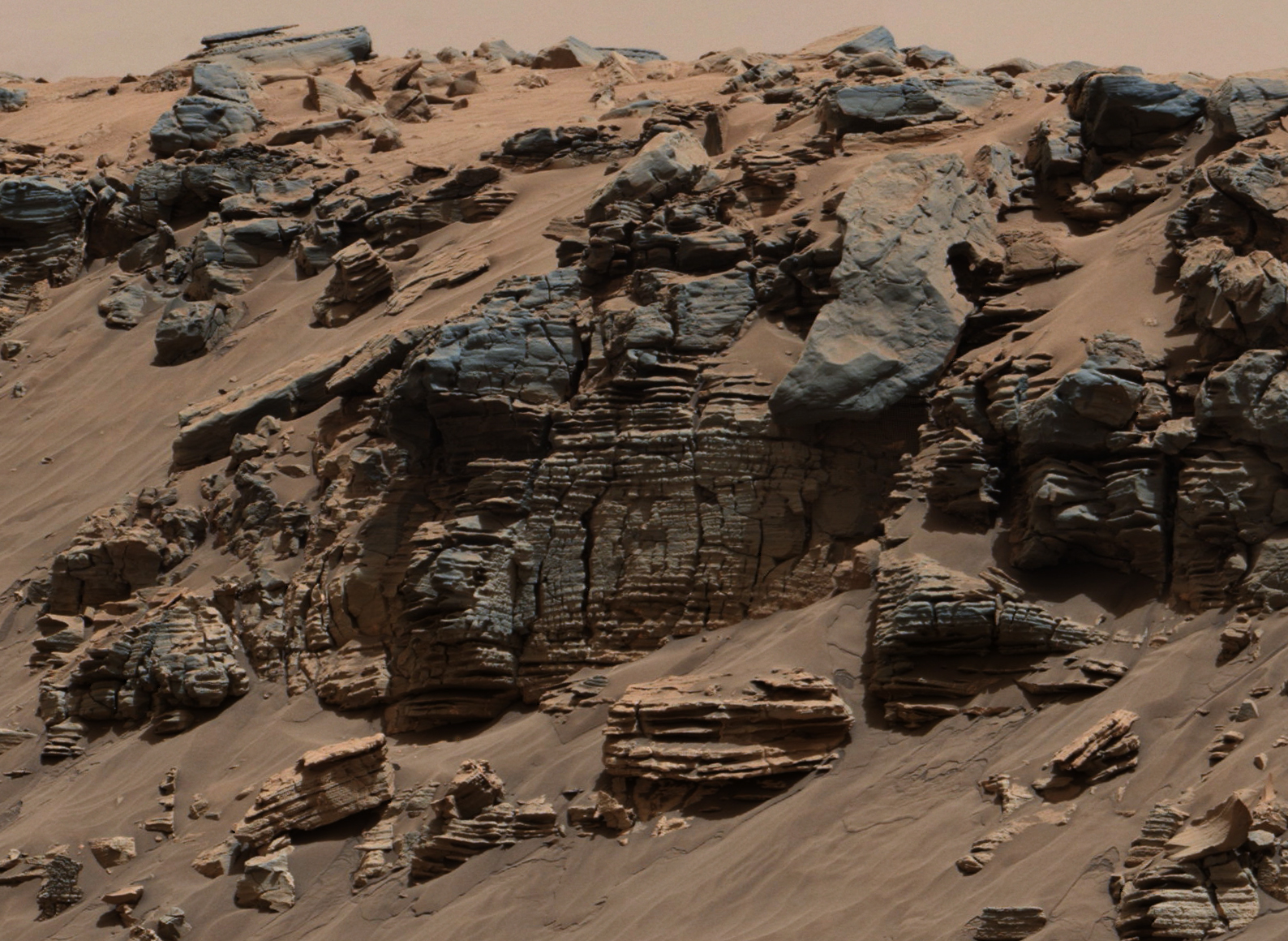
Was Mars ever habitable? Did life ever actually exist there? Those are two of the biggest questions for planetary scientists and slowly but surely, we are getting closer to answering them. Well, the first one has been, thanks to the numerous orbiters, landers and rovers which have been sent to the Red Planet over the past few decades. Mars was indeed much more habitable than it is now, in the distant past, although we still don’t know if it was actually inhabited, two different things. Much of the data confirming past habitability has come from the Curiosity rover, which has been exploring an ancient lakebed in Gale crater, and now new findings suggest that this lake offered multiple types of microbe-friendly environments simultaneously. This is good news for the possibility that some form of life, even if just microscopic, did once exist there or perhaps even still does.
Curiosity had already found evidence for the previous lake or series of lakes, which once filled the crater about 3 billion years ago, but now there is additional evidence that the water lasted longer than previously thought. The findings come from a comprehensive study of data from the first three-and-a-half years of the mission. They show that environmental conditions in the lake differed from one part to another, while the conditions were stable overall. This would have allowed various types of microorganisms to exist simultaneously.
Curiosity’s study of rock samples showed that the lake was stratified, with varying chemical differences between shallow water and deep water. In the case of the Gale crater lake, the shallower water was richer in oxidants than the deeper water.
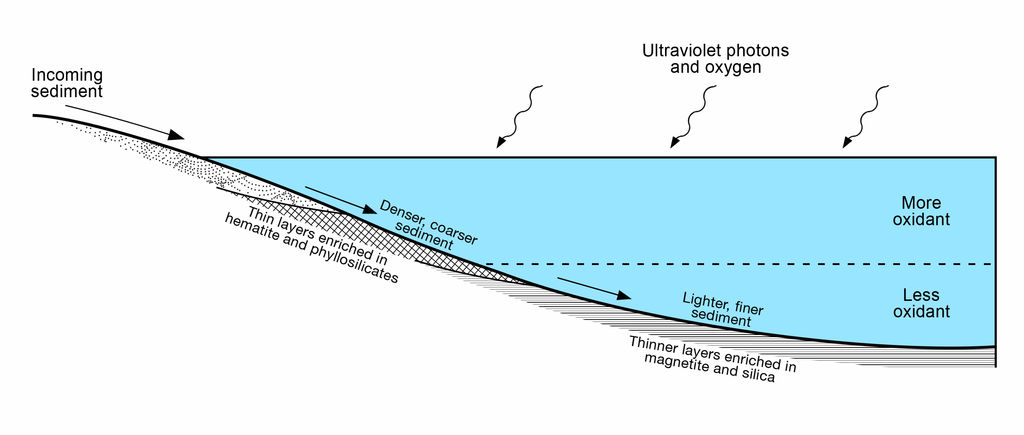
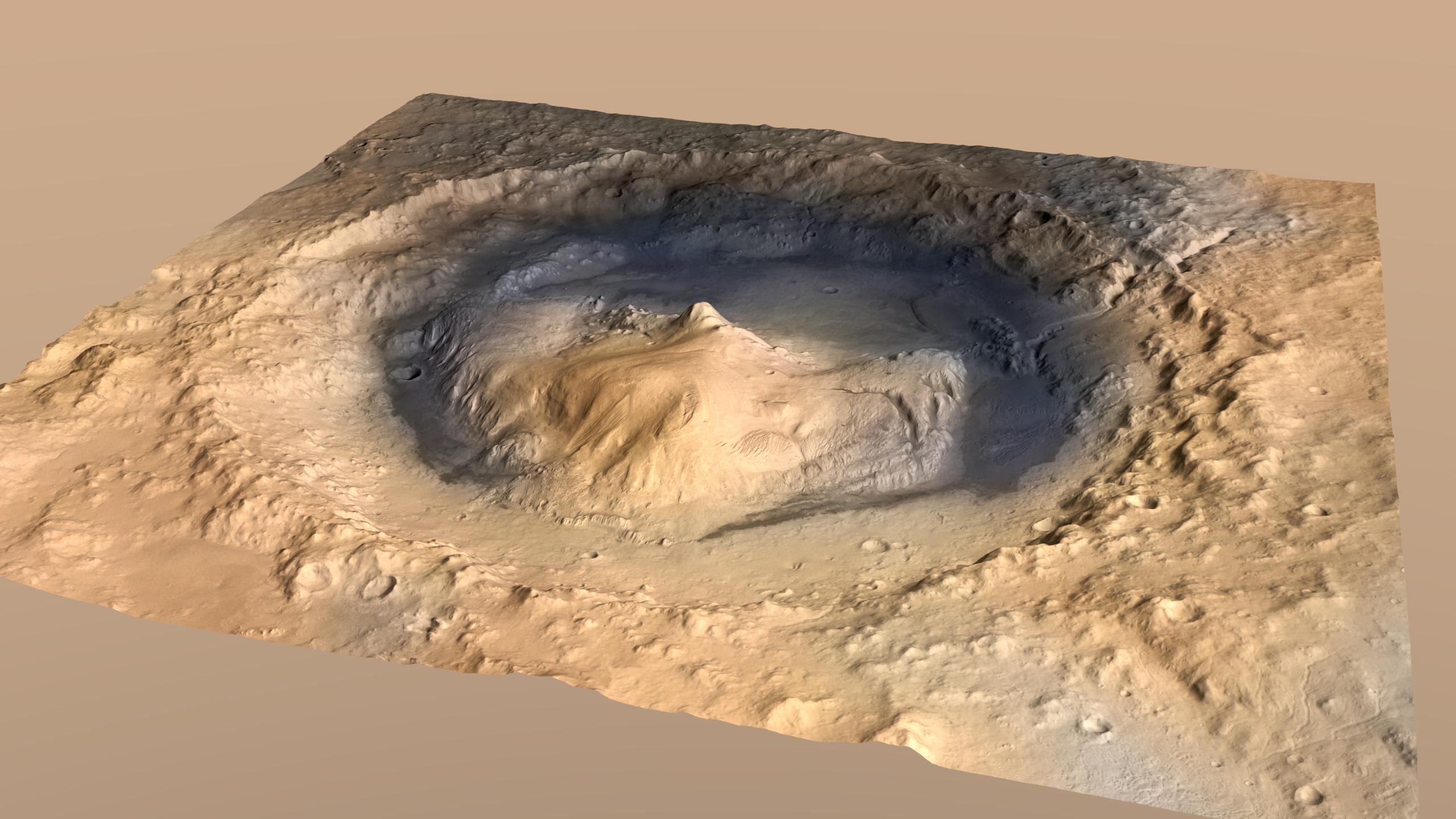
“These were very different, co-existing environments in the same lake,” said Joel Hurowitz of Stony Brook University, Stony Brook, New York and lead author of the new report in the June 2 edition of the journal Science. “This type of oxidant stratification is a common feature of lakes on Earth, and now we’ve found it on Mars. The diversity of environments in this Martian lake would have provided multiple opportunities for different types of microbes to survive, including those that thrive in oxidant-rich conditions, those that thrive in oxidant-poor conditions, and those that inhabit the interface between those settings.”
From the abstract:
“The observed variations in the chemical index of alteration (CIA) are consistent with modest short-term fluctuations in the ancient climate between cold, dry conditions and relatively warmer, wetter conditions. These changes occurred during the deposition of lake-bed mudstones in an environment that was conducive to the presence of a long-lived lake in Gale crater.”
Curiosity had also earlier found evidence for a freshwater river which once emptied into the lake. Signs of the river had previously been seen from orbit, one of the reasons that Gale crater was chosen as the landing site and the rover’s science instruments later confirmed it. There is also evidence for once-extensive groundwater in the region; Gale crater used to be a much wetter place than it is now – a vast freshwater lake fed by rivers with Mount Sharp in the center like an island. It’s also possible that what is now Mount Sharp was once completely covered by water before the lake dried up and winds formed the mountain from the sediments left behind. In some areas of the crater today, mudstones dominate the landscape and in other areas, sandstones. In another region on the mountain that the rover is now heading towards, the rocks are primarily rich in hematite. Some of the rocks that Curiosity has already looked at also contain hematite, while others contain magnetite. It’s like a playground for geologists.
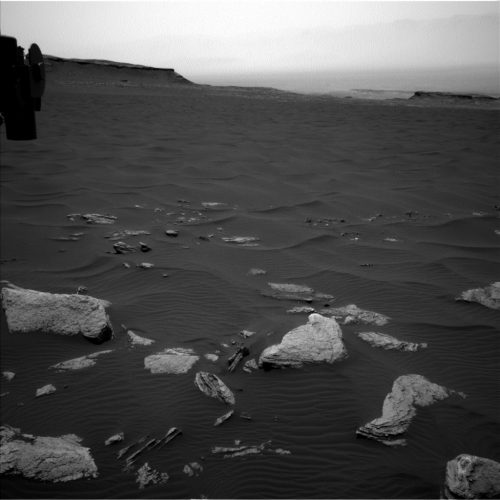
“We could tell something was going on,” Hurowitz said. “What was causing iron minerals to be one flavor in one part of the lake and another flavor in another part of the lake? We had an ‘Aha!’ moment when we realized that the mineral information and the bedding-thickness information mapped perfectly onto each other in a way you would expect from a stratified lake with a chemical boundary between shallow water and deeper water.”
The findings provide evidence that Mars’ climate fluctuated a lot in the past, rather than simply going from wet and warmer to dry and colder.
“This is going a step further, saying that yes… the climate transitions are more complex than we thought,” said Kristen Bennett, a postdoctoral research associate at Northern Arizona University who studies Martian sedimentary geology.
“These results give us unprecedented detail in answering questions about ancient environmental conditions on Mars,” said Curiosity Project Scientist Ashwin Vasavada of NASA’s Jet Propulsion Laboratory, Pasadena, California. “I’m struck by how these fascinating conclusions on habitability and climate took everything the mission had to offer: a set of sophisticated science instruments, multiple years and miles of exploration, a landing site that retained a record of the ancient environment, and a lot of hard work by the mission team.”
Curiosity also came across unusual “halos” around some fractures in bedrock which contain high levels of silica, another piece of evidence for long-lasting liquid water in the past.
“The concentration of silica is very high at the centerlines of these halos,” said Jens Frydenvang, a rover-team scientist at Los Alamos National Laboratory in New Mexico, and the University of Copenhagen in Denmark. “What we’re seeing is that silica appears to have migrated between very old sedimentary bedrock and into younger overlying rocks.”
As Frydenvang also noted, “The goal of NASA’s Curiosity rover mission has been to find out if Mars was ever habitable, and it has been very successful in showing that Gale crater once held a lake with water that we would even have been able to drink, but we still don’t know how long this habitable environment endured. What this finding tells us is that, even when the lake eventually evaporated, substantial amounts of groundwater were present for much longer than we previously thought – thus further expanding the window for when life might have existed on Mars.”
The findings also show that liquid water lasted longer in the region than previously thought, at least as groundwater. From the abstract:
“A causal connection between the detrital and diagenetic silica enrichment implies that water was present in the subsurface of Gale crater long after deposition of the lacustrine sediments and that it mobilized detrital amorphous silica and precipitated it along fractures in the overlying bedrock. Although absolute timing is uncertain, the observed diagenesis likely represents some of the most recent groundwater activity in Gale crater and suggests that the timescale of potential habitability extended considerably beyond the time that the lacustrine sediments of Aeolis Mons were deposited.”
The halos were analyzed by the rover’s laser-shooting Chemistry and Camera (ChemCam) and other instruments. The halos were found in an area ranging from 20-30 meters in elevation close to another sedimentary rock layer which also contained high levels of silica.
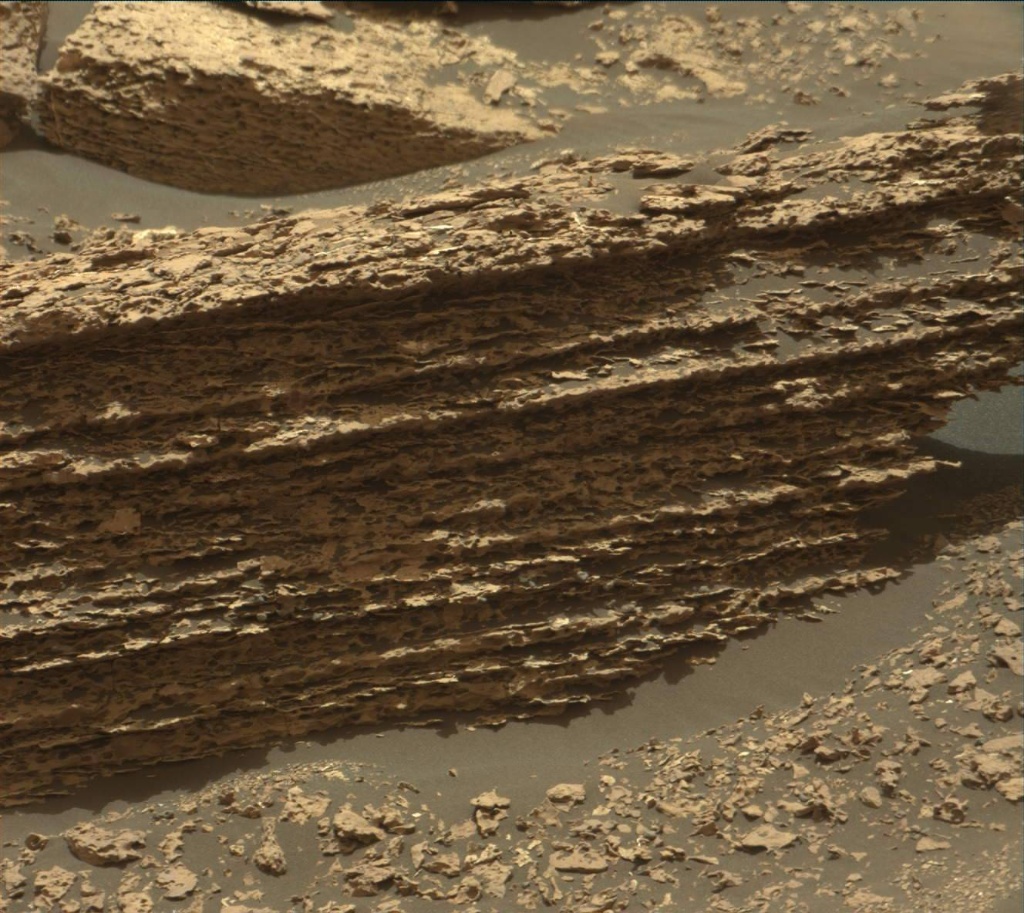
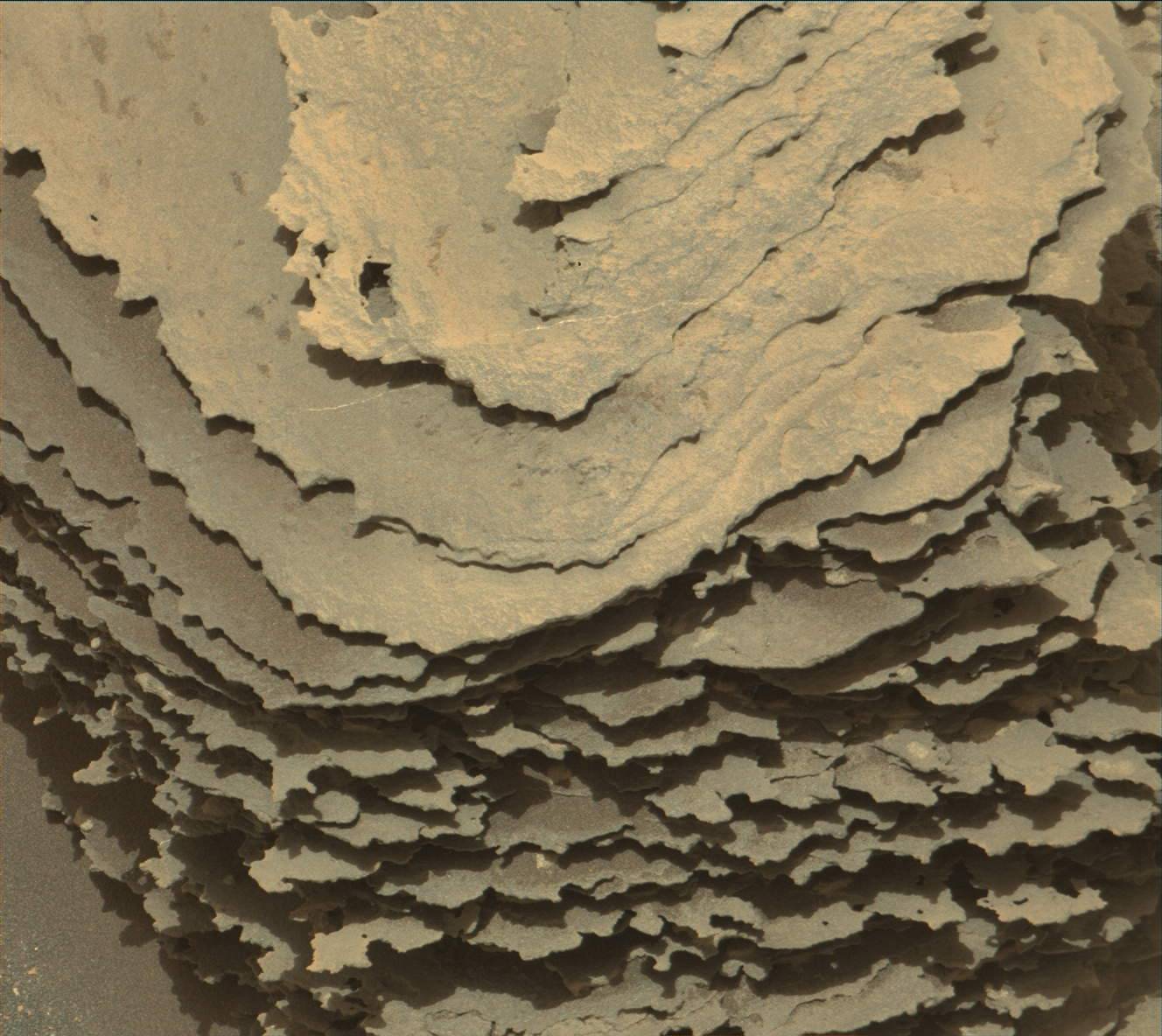
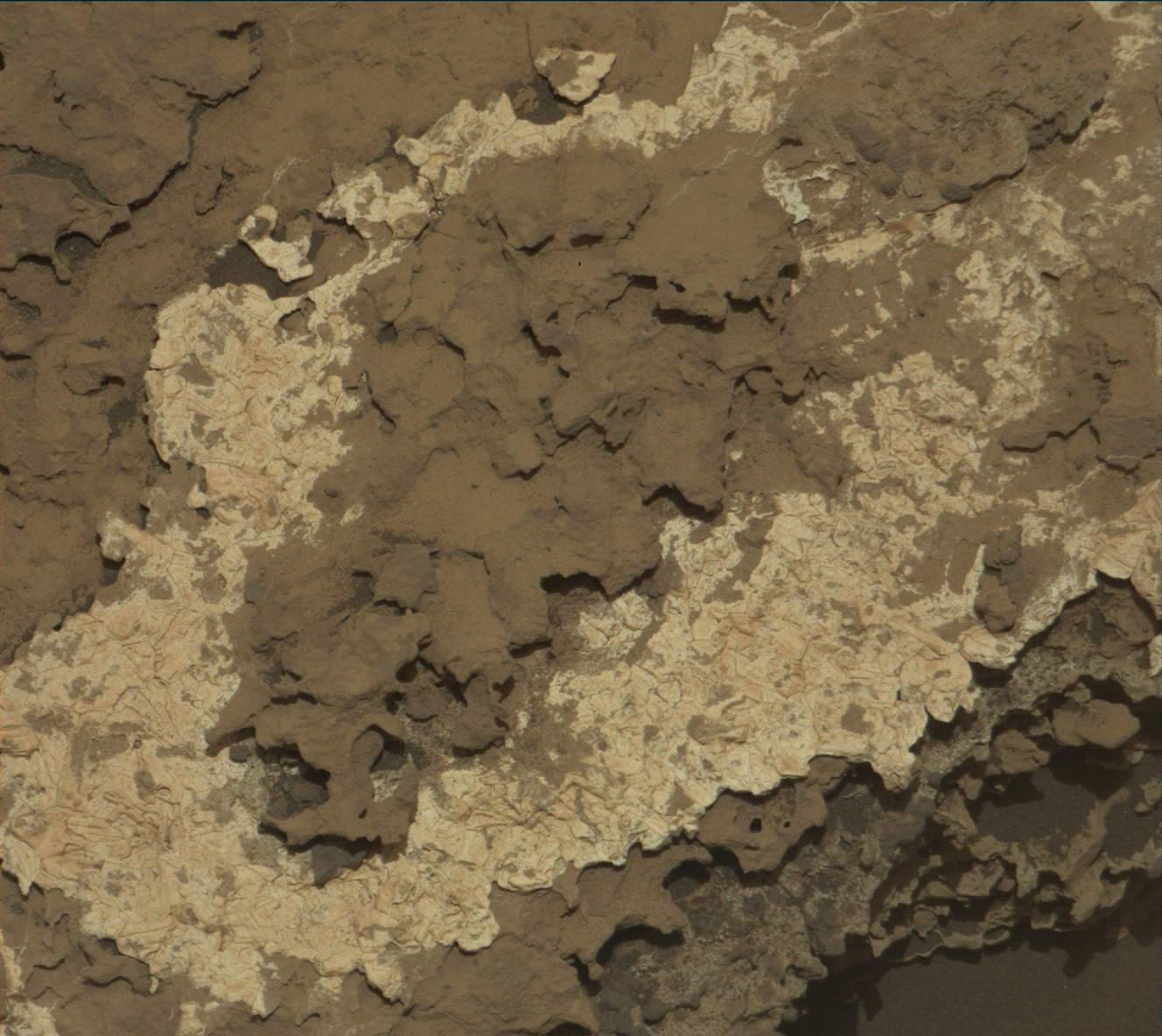
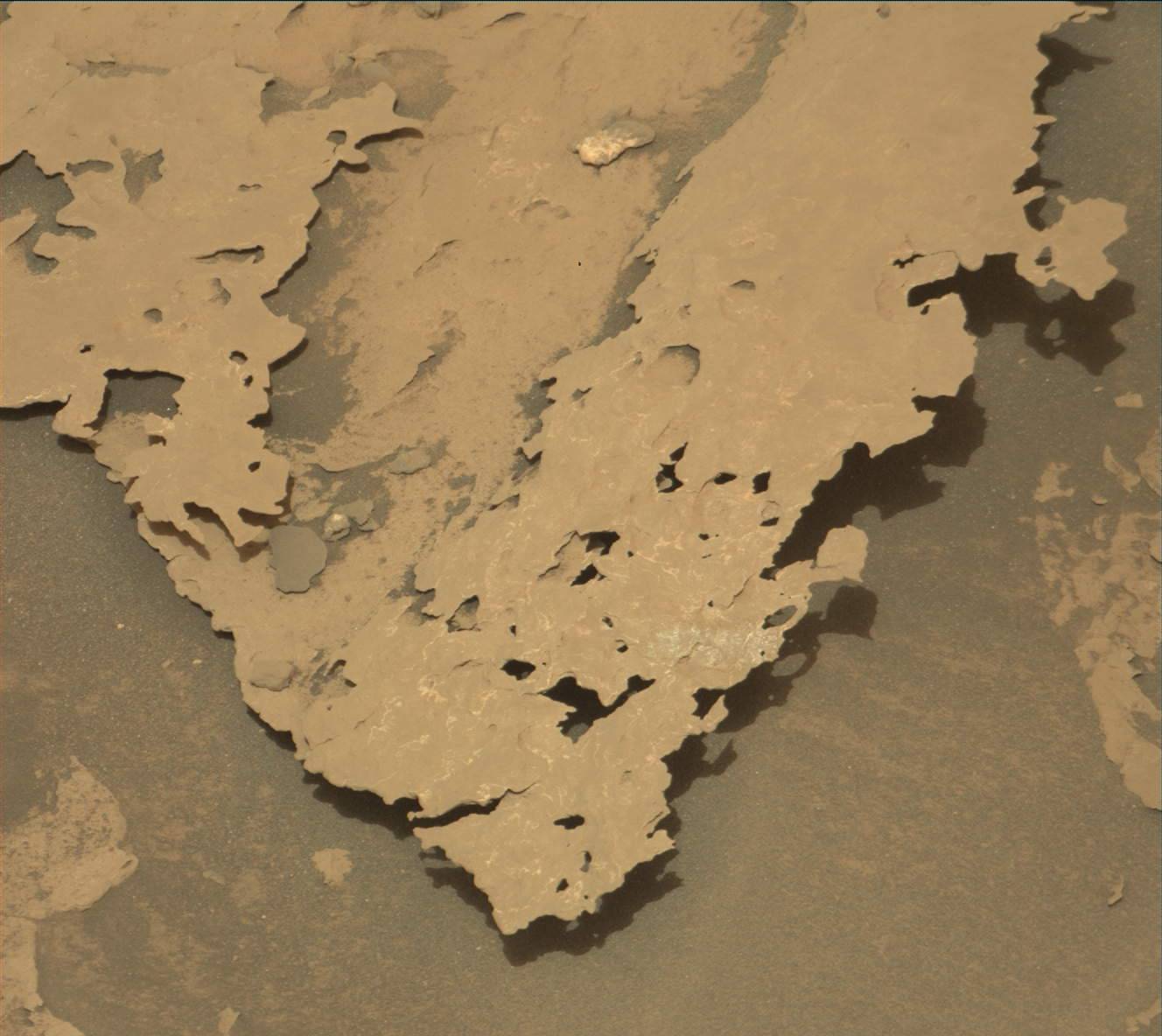
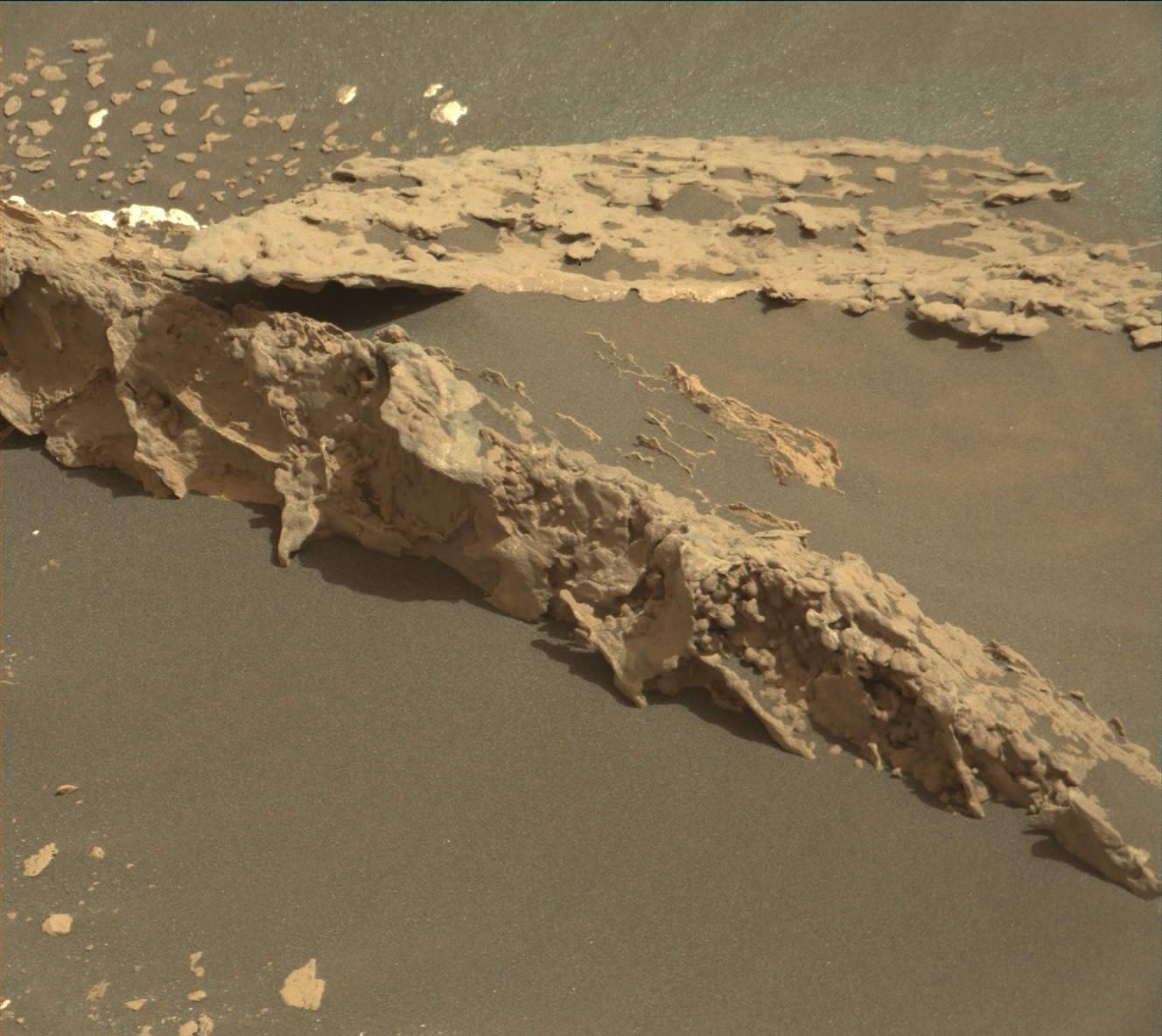
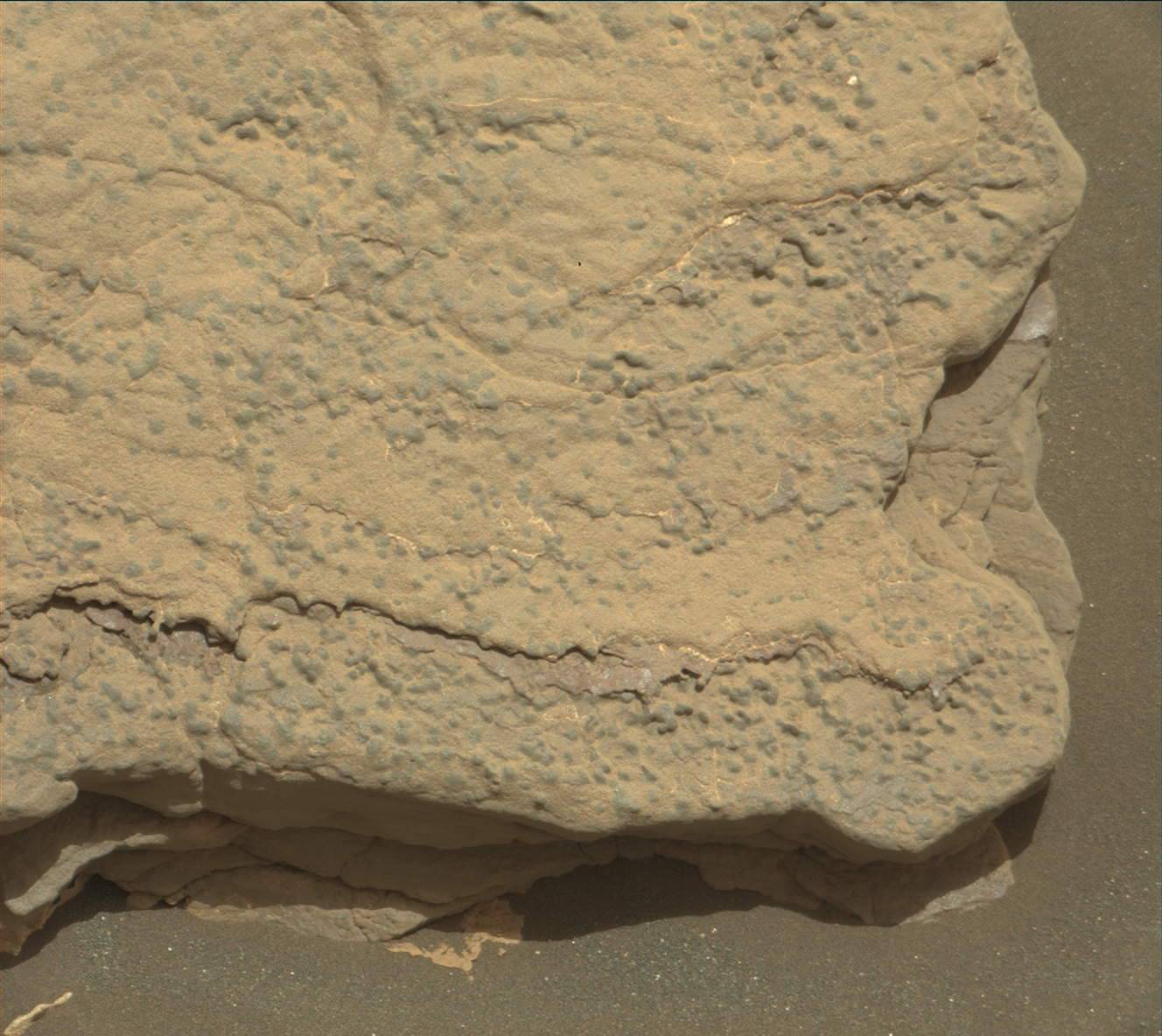
“This tells us that the silica found in halos in younger rocks close by was likely remobilized from the old sedimentary rocks by water flowing through the fractures,” Frydenvang said.
The silica findings were just published in Geophysical Research Letters.
Last year, Curiosity discovered boron for the first time, within mineral veins in rocks, evidence for long-term groundwater in the distant past.
“No prior mission has detected boron on Mars,” said Patrick Gasda, also at Los Alamos. “We’re seeing a sharp increase in boron in vein targets inspected in the past several months.”
On Earth, boron is common in arid regions where water has evaporated away. It is also a key building block of life and is tied to the formation of ribose, a key component of RNA.
“Variations in these minerals and elements indicate a dynamic system,” said former Curiosity Project Scientist John Grotzinger, in Pasadena, Calif. “They interact with groundwater as well as surface water. The water influences the chemistry of the clays, but the composition of the water also changes. We are seeing chemical complexity indicating a long, interactive history with the water. The more complicated the chemistry is, the better it is for habitability. The boron, hematite and clay minerals underline the mobility of elements and electrons, and that is good for life.”
“These results give us unprecedented detail in answering questions about ancient environmental conditions on Mars,” said Vasavada. “I’m struck by how these fascinating conclusions on habitability and climate took everything the mission had to offer: a set of sophisticated science instruments, multiple years and miles of exploration, a landing site that retained a record of the ancient environment, and a lot of hard work by the mission team.”
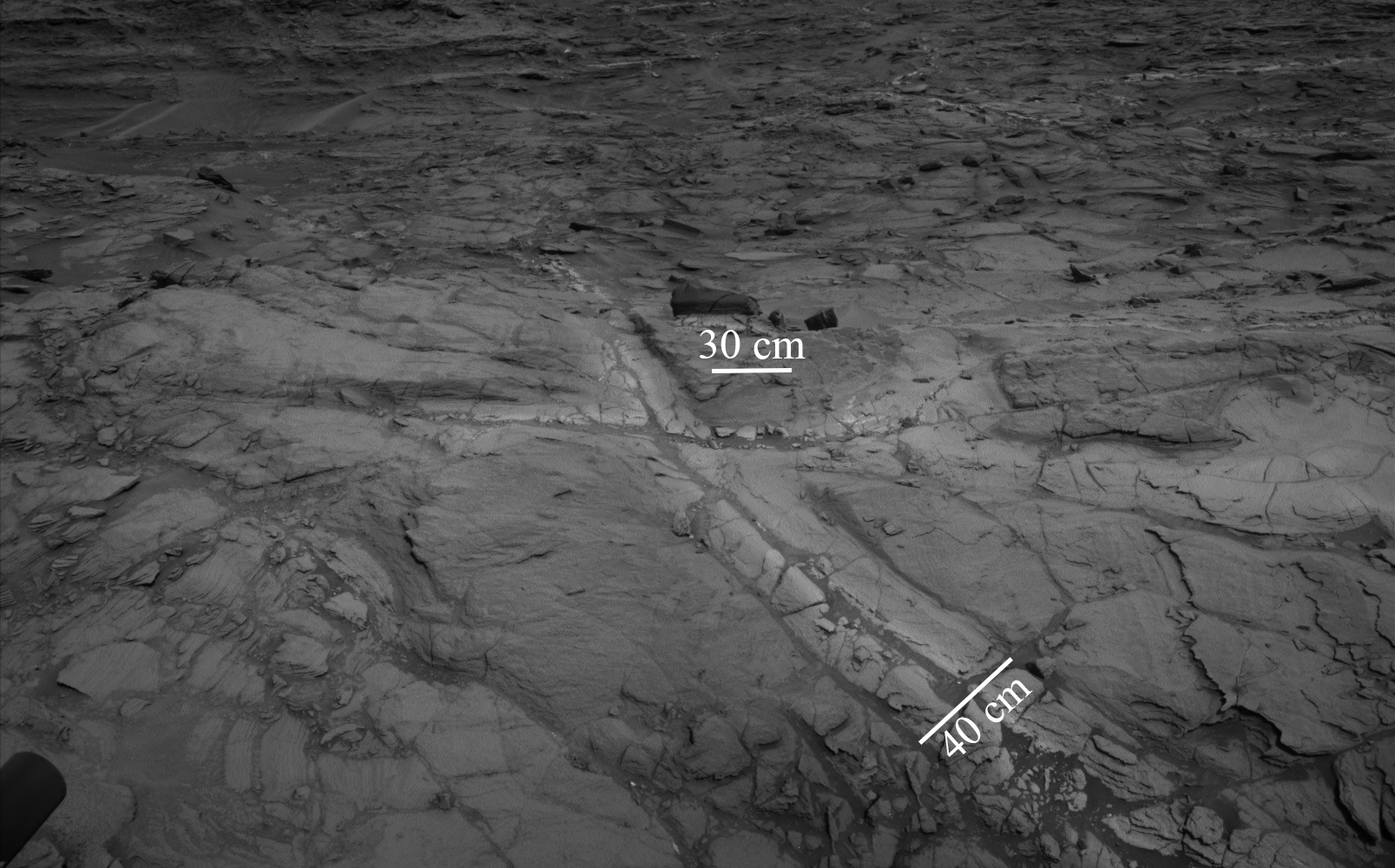
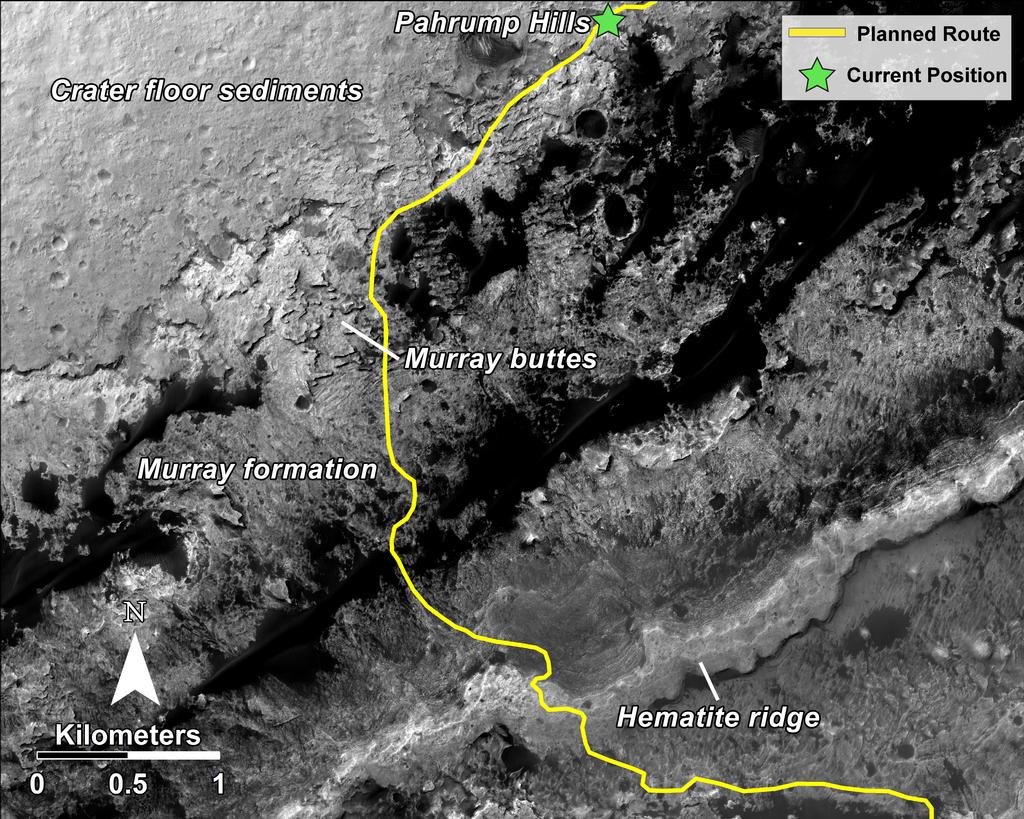
There are also other pieces of the puzzle, additional evidence from Curiosity for a once-habitable environment in this region of Mars (or perhaps even potential life now). These include organics of varying complexity (and more widespread on Mars than previously thought), a once oxygen-rich atmosphere, biochemically accessible nitrogen and current methane in the atmosphere. The methane is an exciting but controversial discovery, since on Earth it is created both geologically and biologically. Although detected by telescopes on Earth and by the Mars Express orbiter as well, the origin of the Martian methane is still unknown. Oddly, even though there is plenty of evidence now for past water and habitability, Curiosity also found little or no evidence for a previously thicker carbon dioxide atmosphere which had been thought necessary – a paradox of sorts.
Curiosity is now continuing its journey up the lower slopes of Mount Sharp, after passing through a region of mesas and sand dunes, and is approaching Hematite Ridge, where the rocks are rich in the mineral hematite. Studies of those rock formations should provide even more clues about the ancient lake conditions in Gale crater. The higher up the rover ascends, the younger the geology, and it will explore other types of rock formations beyond Hematite Ridge. It can’t go all the way to the top of the mountain, but it can ascend high enough to determine even better how conditions changed after the lake dried up. The lower foothills coming up should also provide some spectacular scenery, with winding valleys, mesas and buttes.
Taken all together, the discoveries made by Curiosity and other probes paint a picture of ancient Mars that was a habitable place, at least for microbes. Water, energy and nutrients were all there, but was there anything living to take advantage of it? Only further study of the data and, likely, subsequent missions such the Mars 2020 rover, will help to answer that biggest of all questions.
More information about the Curiosity mission is available here.
Be sure to “LIKE” AmericaSpace on Facebook and follow us on Instagram & Twitter!
.






Once we put landers/rovers on potentially habitable moons in our solar system, we will no doubt discover similar findings pointing to a “multiplicity of habitability.”